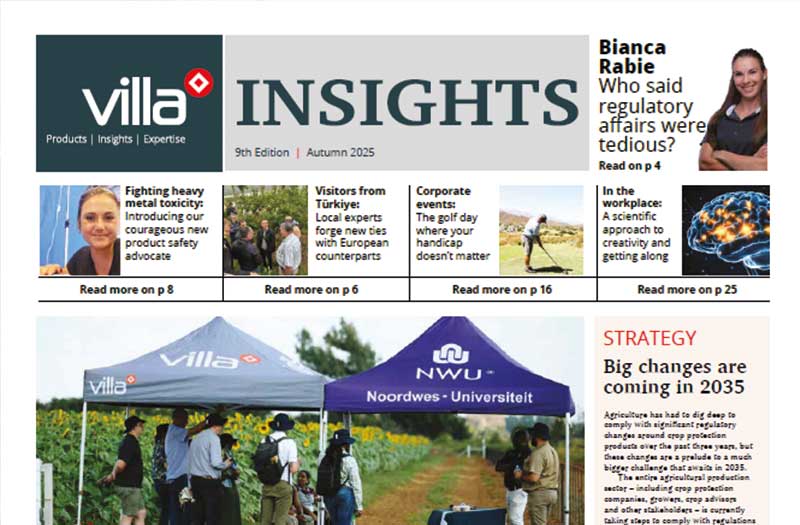Our understanding of scientific inventions does not stop the moment we start using them. We keep learning more about their good and bad characteristics the more time we spend with them. Take the invention of the steam engine. It catapulted humankind onto a completely new trajectory, making industrial manufacturing and transcontinental travel possible. But along with untold benefits it also sowed the seeds of a climate crisis that is changing our planet.
In the crop protection industry, the powerful herbicide glyphosate brought about a seismic shift in crop production. Besides the productivity gains achieved by combining it with transgenic seed technology, it did the job that would otherwise have required multiple other crop protection products, each as expensive and potentially toxic as the next. But not even this powerful broadspectrum weedkiller could escape the problematic consequences of repetitive over-use; glyphosate resistance in economically significant weeds is a growing problem worldwide, and in finding a solution to this new challenge, science is looking wider than chemistry alone.
Many “miracle” crop protection products turned out to have such serious problems that they have had to be withdrawn – DDT, chlorpyrifos, and more recently dacthal. But as it turns out, not even the exhaustive scientific research required to register a modern crop protection product can give us the whole story on product safety. We know this from the experience of Villa’s new safety advocate Karlien Muller, a respected consultant to the subtropical fruit industry. More knowledgeable on the potential dangers of crop protection products than most, she followed safety instructions of the products sprayed in the orchards she was managing closely, not entering areas treated with these products until it was safe to do so. She had no way of knowing that she was unusually vulnerable to heavy metal poisoning, and over years absorbed many of these metals, among them arsenic, cadmium and thalium, from residues on fruit she handled through her skin, and falling gravely ill as a result. (See page 8.)
We applaud Karlien’s courage to share her hard-won knowledge, and we urge you to keep an eye on our social media channels and future editions of INSIGHTS for her unique perspective on product safety.

